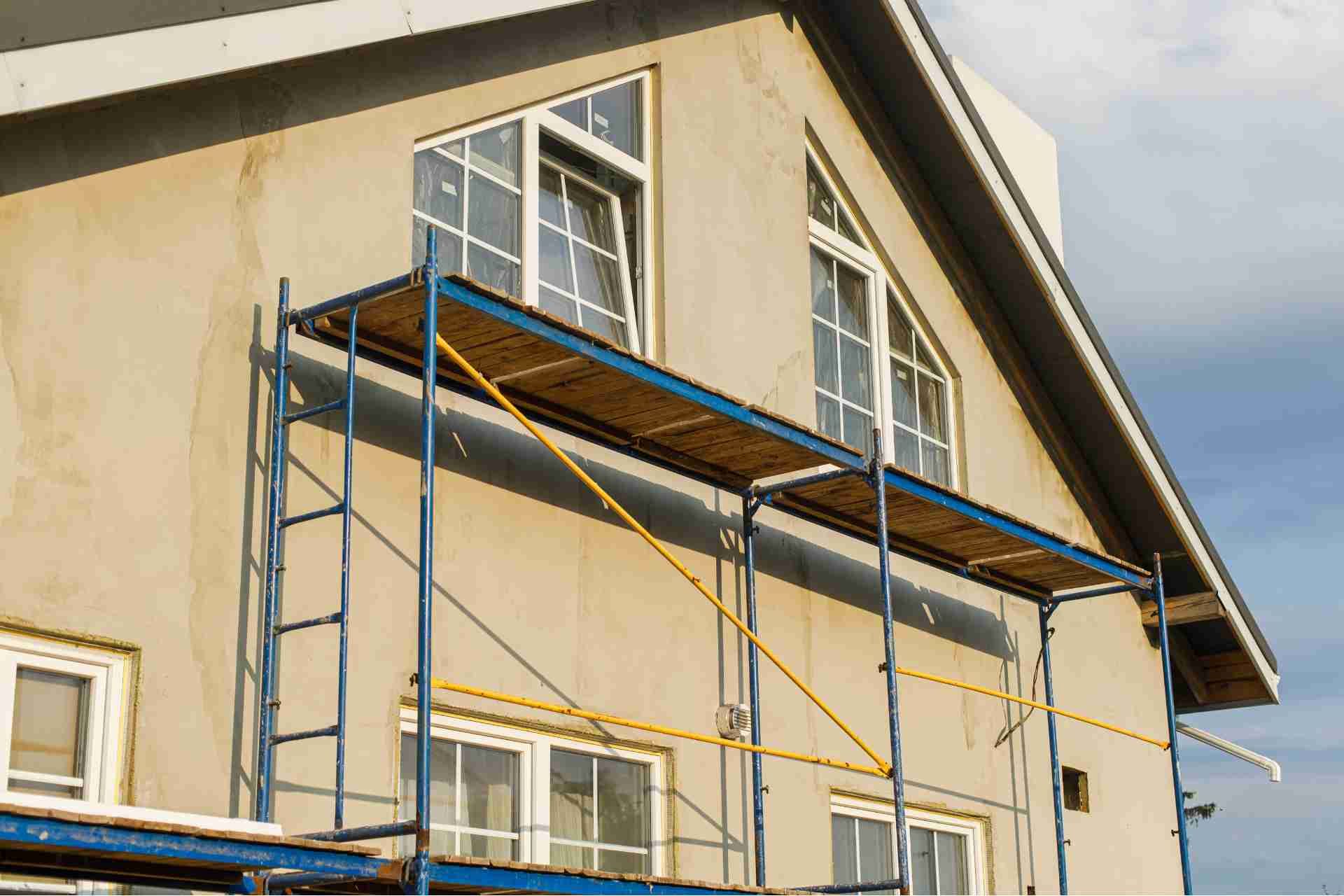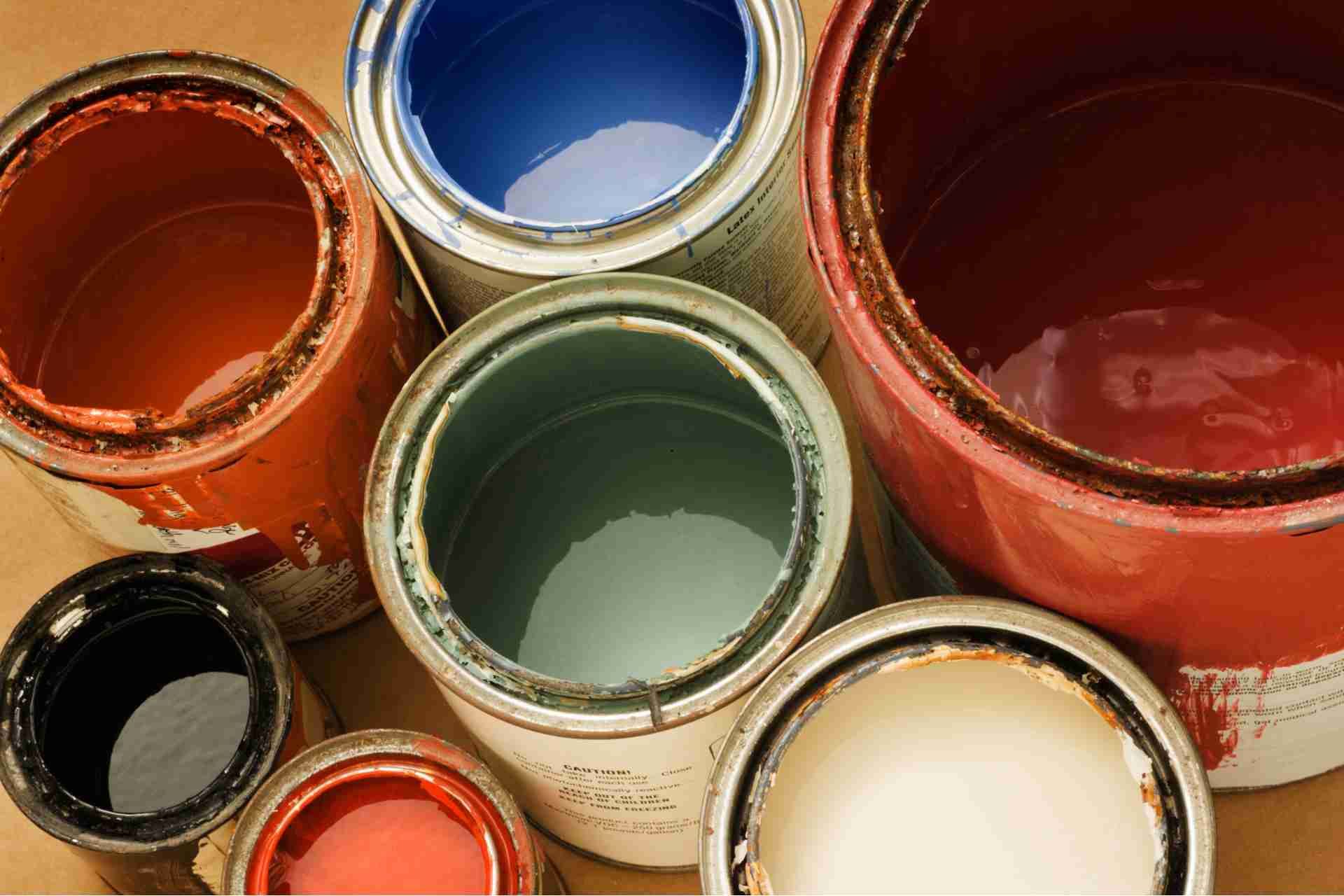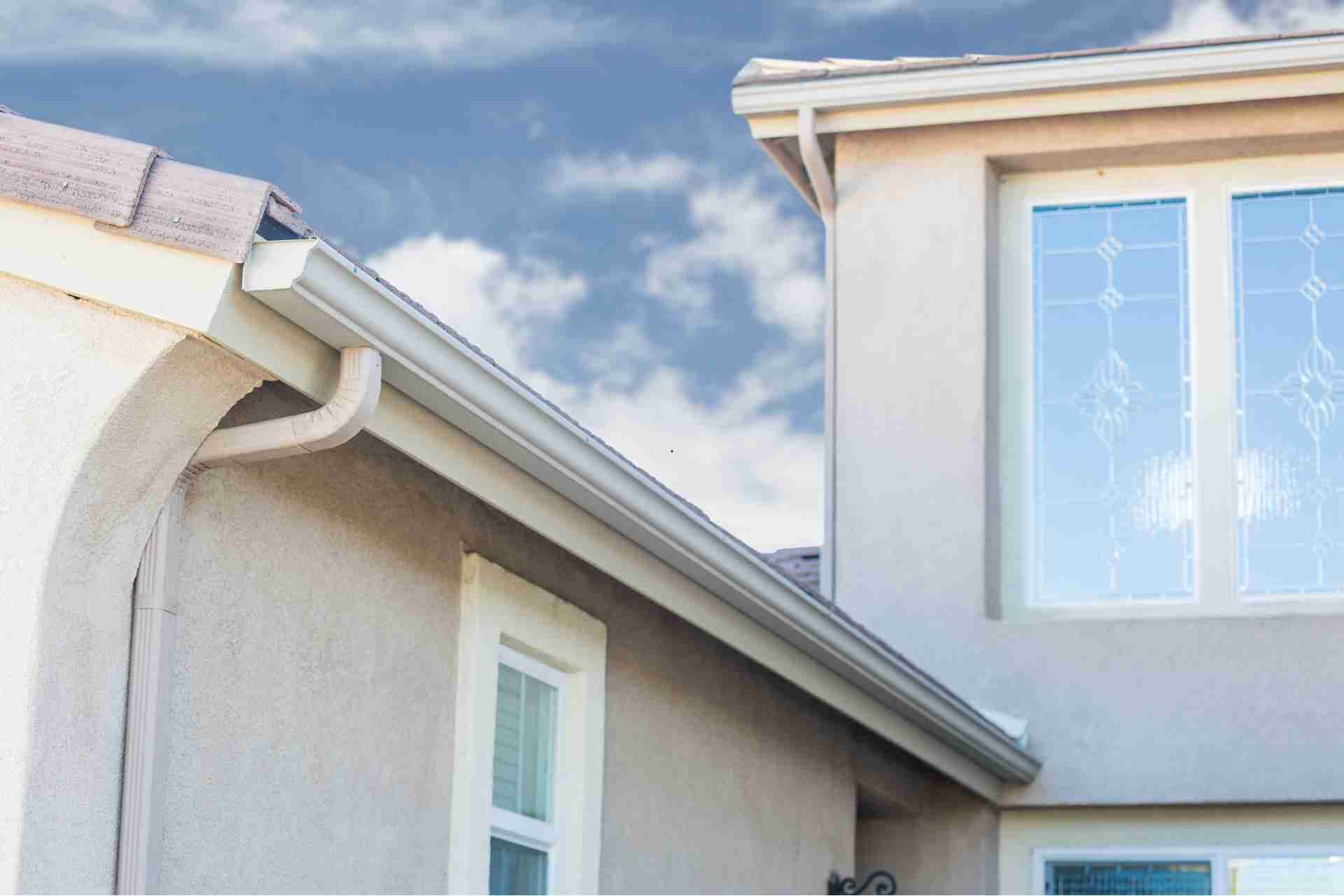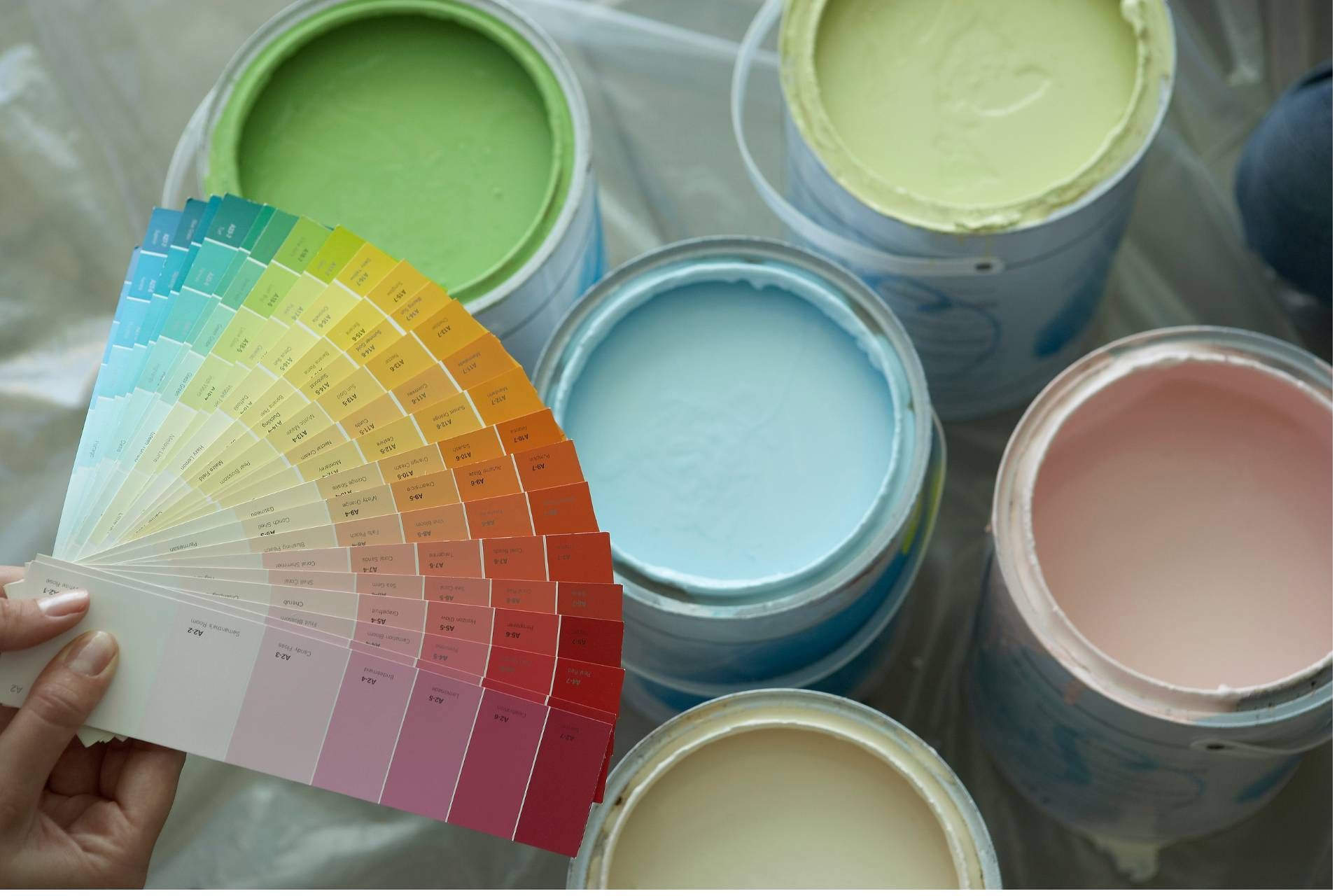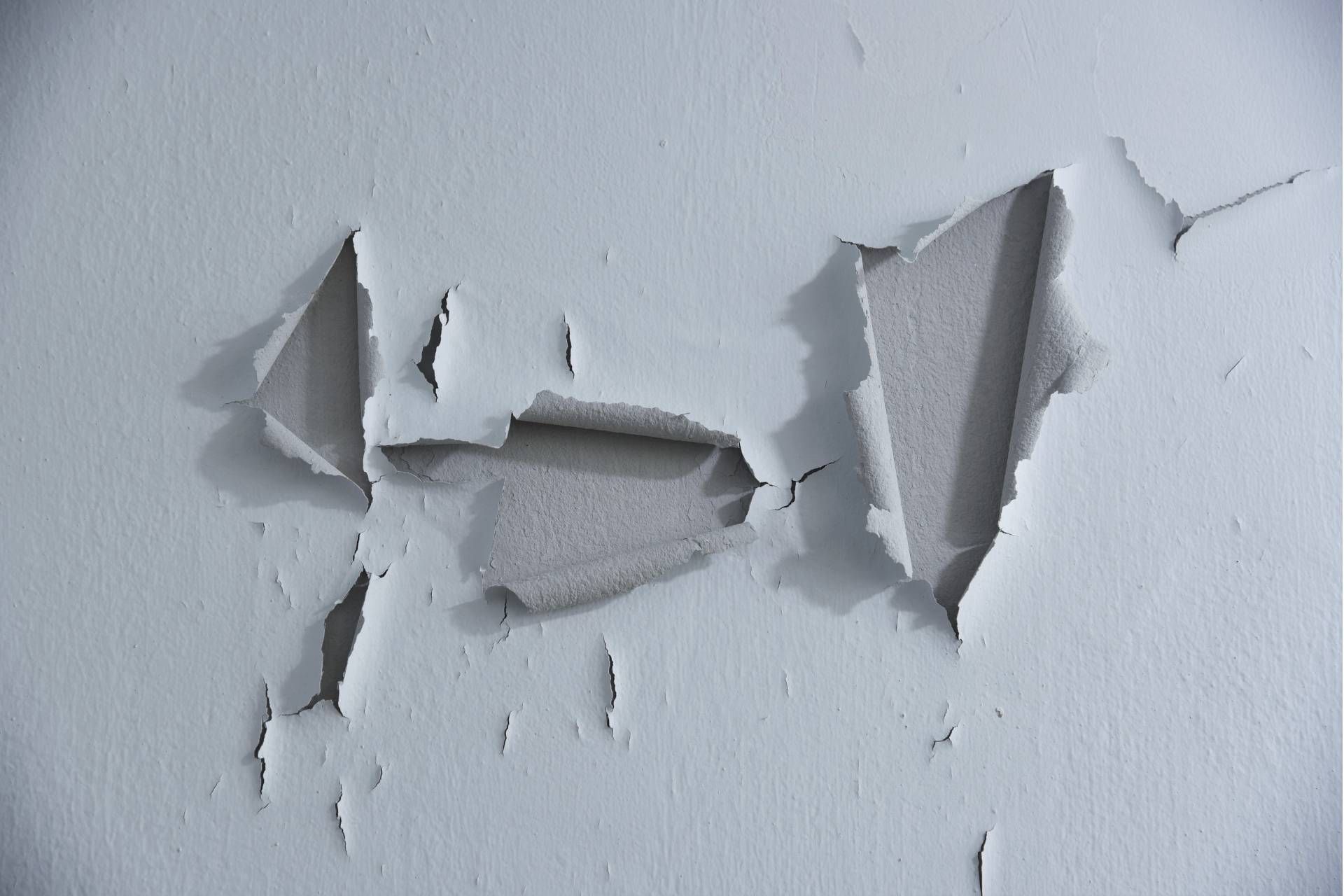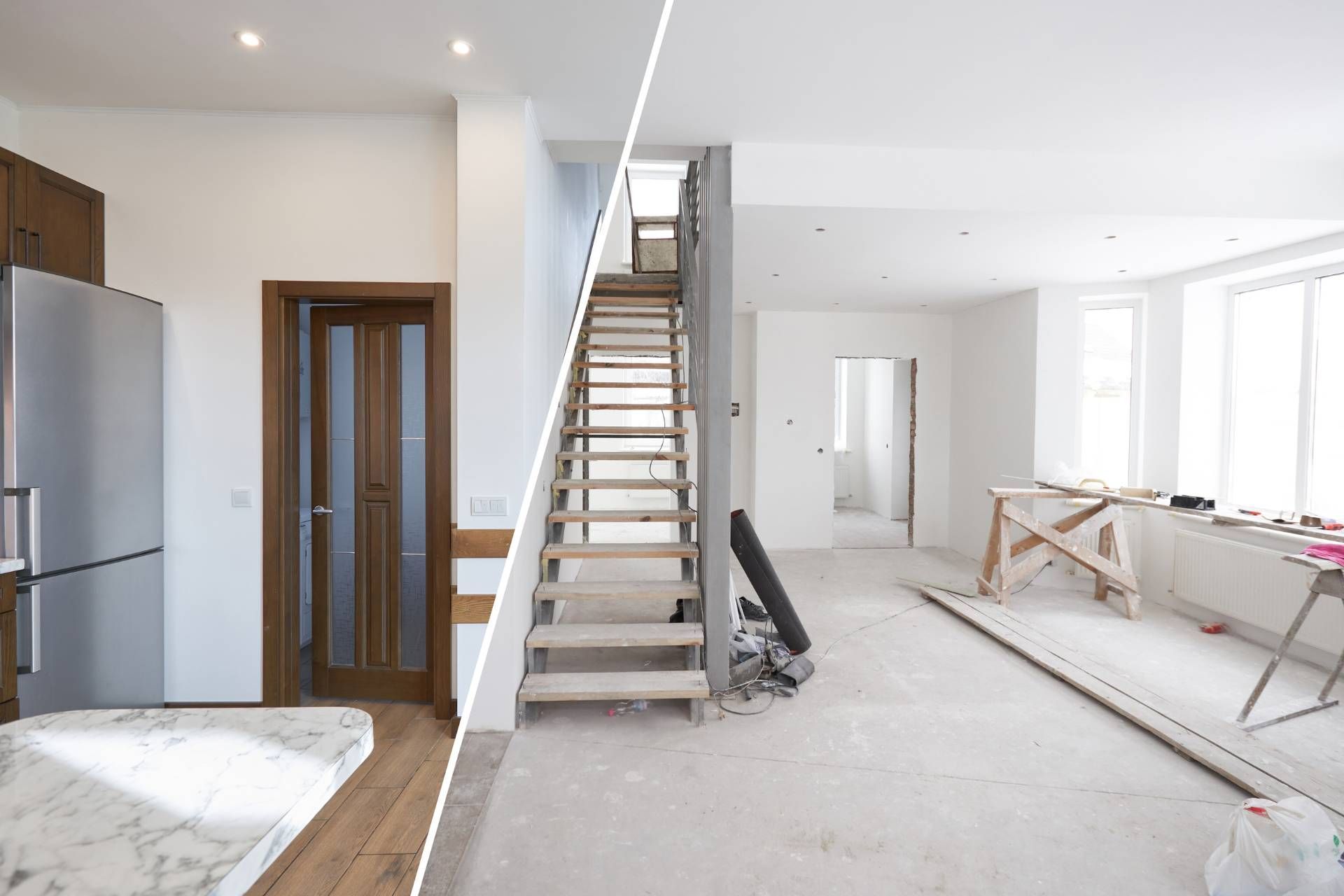How Often Should You Repaint Your Home
Repainting your home isn't just about aesthetics; it's also about maintaining value and protecting surfaces. You might wonder how often you should tackle this task. It really depends on several factors, such as the type of paint, the age of your home, and even your lifestyle. Understanding these elements can help you determine the right timing for a refresh. So, what signs should you look for to know it's time to pick up that brush?
Factors That Influence Repainting Frequency
When considering how often to repaint your home, several key factors come into play.
First, think about your location. If you live in an area with harsh weather conditions, your exterior paint may wear out faster.
Next, consider the type of paint you’ve used; higher-quality paints often last longer.
Additionally, the age of your home can impact how frequently you need to repaint. Older homes might require more regular updates due to wear and tear.
Don’t forget about your lifestyle, too. If you have kids or pets, you might notice scuffs and marks more quickly.
Lastly, personal preference matters! If you’re eager for a fresh look or a color change, it’s always a good time to repaint.
Signs Your Interior Paint Needs Refreshing
Recognizing the signs that your interior paint needs refreshing can save you time and effort in the long run.
Keep an eye out for these indicators that it’s time to grab a brush:
- Fading Colors: If your walls look dull and lifeless, it’s a clear sign that they need a new coat.
- Cracks and Peeling: Notice any cracks or peeling paint? This not only looks bad but can also lead to further damage.
- Scuff Marks and Stains: Frequent wear and tear can leave your walls marked up, making them look unkempt.
If you notice any of these signs, it might be time to consider a fresh coat to revitalize your space and maintain your home’s beauty.
Signs Your Exterior Paint Needs Attention
Your home's exterior paint plays a crucial role in protecting it from the elements, and knowing when it needs attention can save you from costly repairs.
Look for signs of fading or discoloration, which indicate that the paint's protective qualities are wearing off. If you notice peeling or chipping, it’s time to act; these issues expose your home to moisture and potential damage.
Cracks in the paint can also signal that your exterior needs a refresh. Additionally, if you see mold or mildew forming, that's a clear sign your paint isn’t performing well.
Finally, if you can see bare wood or metal, it's essential to repaint to maintain your home's integrity and curb appeal.
Don't wait until it's too late!
Different Types of Paint and Their Longevity
Choosing the right type of paint for your home can significantly impact how often you need to repaint. Each type of paint has its own longevity, so it's essential to understand your options:
- Latex Paint: This water-based option is popular for its quick drying time and easy cleanup. It typically lasts about 5 to 10 years.
- Oil-Based Paint: Known for its durability and smooth finish, oil-based paint can last up to 10 to 15 years, making it ideal for high-traffic areas.
- Acrylic Paint: A versatile choice, acrylic paint offers excellent adhesion and flexibility, generally lasting 7 to 12 years.
The Impact of Climate on Paint Durability
When considering how often to repaint your home, it's crucial to factor in the climate, as different weather conditions can significantly affect paint durability.
If you live in a humid area, moisture can lead to mildew and peeling, causing your paint to wear out faster. In contrast, harsh sunlight can fade colors and degrade the paint surface over time.
Cold climates may cause paint to crack, while extreme heat can lead to blistering. Wind can also wear down the exterior finish, especially if it carries debris.
Importance of Regular Maintenance
Regular maintenance is essential for preserving the beauty and integrity of your home’s exterior. By keeping up with regular tasks, you not only enhance your curb appeal but also prevent costly repairs down the line.
Here are a few key reasons to prioritize maintenance:
- Protects Your Investment: Regular upkeep helps maintain your property's value and ensures it remains an attractive asset.
- Prevents Damage: Addressing issues like peeling paint or cracked siding early on can prevent more serious problems from developing.
- Saves Time and Money: By staying on top of maintenance, you can avoid the hassle and expense of major renovations later.
Investing time in maintenance today will pay off significantly in the long run, keeping your home looking its best for years to come.
Personal Style Changes and Repainting
As your personal style evolves, it’s natural to want your home to reflect those changes. A fresh coat of paint can rejuvenate your space, making it feel more aligned with your current tastes. Consider how different colors and finishes can express who you are today.
Style Change Recommended Color
|--------------------|--------------------------|
Minimalist Soft Whites or Grays
Bohemian Earthy Tones
Modern Bold, Dark Colors
Rustic Warm, Neutral Shades
Coastal Light Blues and Whites
Repainting isn’t just about aesthetics; it’s about creating an environment that resonates with you. So, when you feel a shift in your style, don’t hesitate to grab that paintbrush!
Economic Considerations for Repainting
Shifts in personal style often spark the desire for a fresh look at home, but it’s important to consider the economic implications of repainting.
You should weigh the costs against the benefits to make a smart decision.
- Budget: Determine how much you're willing to spend. High-quality paint and professional services can add up quickly.
- Value Increase: A fresh coat can boost your home’s value, especially if you’re planning to sell. Consider whether the investment will pay off.
- Maintenance: Regular repainting can help prevent damage, ultimately saving costs in repairs down the line.
Professional vs. DIY Painting: What to Consider
When deciding between hiring a professional painter or tackling the job yourself, what factors should you consider?
First, think about your skill level. If you’re confident with a brush and have experience, DIY might be a fun challenge. However, if you’re unsure, a professional can ensure a high-quality finish.
Next, consider your time. Painting can be time-consuming, and if you have a busy schedule, hiring someone might be worth the expense.
Don’t forget about safety; if your home requires ladder work or specialized equipment, pros are trained for that.
Lastly, weigh the costs. DIY can save money, but professionals often deliver results that last longer, potentially saving you from frequent repaints.
Choose what aligns best with your needs and budget.
Conclusion
In conclusion, knowing when to repaint your home can keep it looking fresh and protect your investment. By considering factors like paint type, climate, and lifestyle, you can determine the right timing for a refresh. Pay attention to signs both inside and out that indicate it’s time for a new coat. Whether you choose to hire professionals or tackle it yourself, staying proactive with maintenance ensures your home remains a welcoming space for years to come.


